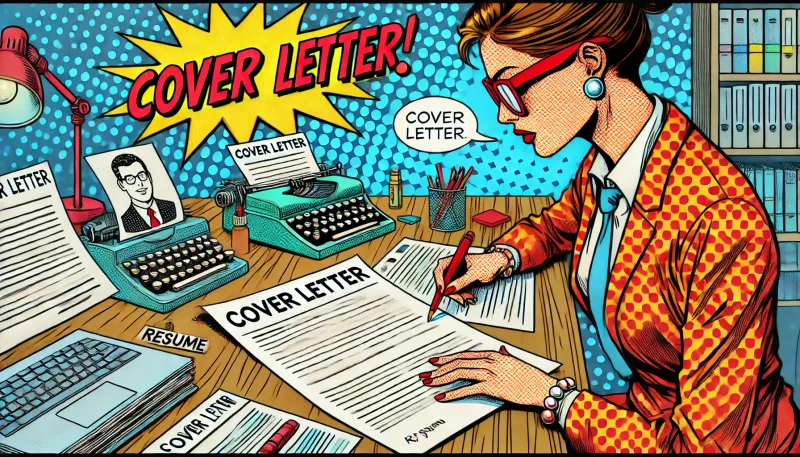Navigating today's job market means understanding the technology behind the hiring processes. AI-powered Applicant Tracking Systems (ATS) play a significant role in screening (and rejecting) candidates. In 2024, 79% of orgs that use an ATS use AI addons too. For staffing agencies, 42% of high volume hiring companies use an AI ATS recruiting software.
Because of that, it's not just about stuffing resumes with keywords; smarter strategies are needed. Here are 8 strategies to outsmart AI ATS systems and boost your chances of landing that interview.
1. Tailor Your Resume for Each Job
Personalization is crucial. Tailor each resume to match the job you're applying for. Align your resume’s keywords with the specific job description to improve your ranking. Don’t just copy and paste the job description into a tool like ChatGPT and hope for the best.
Instead, provide context about your experiences and ask for suggestions on how to rephrase them to match the job description more closely. For example, "Can you help me translate my project management experience to fit this job description?"
2. Use Semantic Matching
Don’t just use exact keywords; understand the context. AI systems are getting better at semantic matching, which means they look at the meaning and relevance of the words in your resume.
Use synonyms and related terms from the job description. For instance, if the job description mentions "project management," also consider terms like "project coordination" or "project planning."
3. Optimize Keywords Naturally
AI ATS can detect and penalize keyword stuffing. Instead, integrate keywords naturally within your resume. Focus on incorporating these keywords in the context of your actual experiences and achievements. Aim to use around 4-5 keywords per section to avoid overloading your resume.
A video was being shared widely on TikTok that you should include keywords in white text to hide them in your resume. Don’t do that! ATS systems will print out everything you submit, so "hidden text" will show up and get your application rejected.
4. Break Down Your Resume Structure
A well-structured resume improves readability for both ATS and human recruiters. Use the following sections:
- What You Are Offering: A concise summary of your professional profile.
- What You Do: A detailed description of your skills and competencies.
- Experiences: Highlight your work history with achievements and responsibilities.
- Education: List your academic qualifications.
- Additional Information: Include certifications, volunteer work, or other relevant details.

5. Keep the Format Simple
While modern ATS can parse various formats, sticking to clean, well-organized templates is safer. Avoid fancy designs and unconventional formats that might confuse the system. Stick to standard fonts and clear headings.
6. Highlight Relevant Experiences with Metrics
AI systems rank candidates based on the relevance of experiences to the job description. Clearly highlight your relevant work history, skills, and accomplishments to increase your score.
Use bullet points to make your achievements stand out. Focus on metrics to showcase your impact, but don't just ChatGPT to create them. It will be awkward to explain that 5000% revenue boost from a hallucinated answer.
7. Focus on Data Quality
Ensure your resume data is accurate and high-quality. Any discrepancies or errors can hinder the effectiveness of the ATS. Double-check all information before submission. Consistent formatting and error-free text help maintain data quality.
8. Leverage Soft Skills and Achievements
AI algorithms are also starting to analyze soft skills and achievements. Mention your soft skills and notable achievements that align with the company culture and job requirements. Highlight experiences where you demonstrated leadership, teamwork, or problem-solving skills.
Bonus Tips for Job Seekers
- Network and Referrals: AI ATS is just one step. Networking and getting referrals can significantly boost your chances of getting noticed.
- Follow Up: After submitting your resume, follow up with a personal email to the recruiter. This shows initiative and can set you apart from other candidates.
Conclusion
Outsmarting AI ATS systems requires more than just keyword optimization. By understanding how these systems work and adopting nuanced resume crafting strategies, you can turn ATS from a barrier into an ally in your job search. Tailor your resume, highlight relevant experiences, and maintain high data quality to improve your chances of success.
By adopting these strategies when using AI, you can improve your resume’s chances of making it through the ATS filters and landing you the job you want. Have any unique strategies that worked for you? Share in the comments below!
References
- Kula. (2024, February 8). Understanding Applicant Tracking Systems: The Ultimate Guide to... Retrieved from https://www.kula.ai/blog/applicant-tracking-system
- HrFlow.ai. (2023, November 29). ATS Case Study: AI-Powered Applicant Tracking Systems. Retrieved from https://blog.hrflow.ai/ats-case-study-the-evolution-of-applicant-tracking-systems-with-ai/
- Gem. (2024, January 20). The Synergy of AI and Applicant Tracking Systems for Seamless Talent Acquisition. Retrieved from https://www.gem.com/blog/ai-and-applicant-tracking-systems
- Reddit. (2024, July 9). ATS, AI, Recruitment Metrics & Technology Megathread. Retrieved from https://www.reddit.com/r/recruiting/comments/1dyym9f/ats_ai_recruitment_metrics_technology_megathread/
- Tulip, F. (2023, April 13). Outsmart the Applicant Tracking Systems (ATS) - A Little-Known Trick. Retrieved from https://www.linkedin.com/pulse/outsmart-applicant-tracking-systems-ats-trick-fiana-tulip





